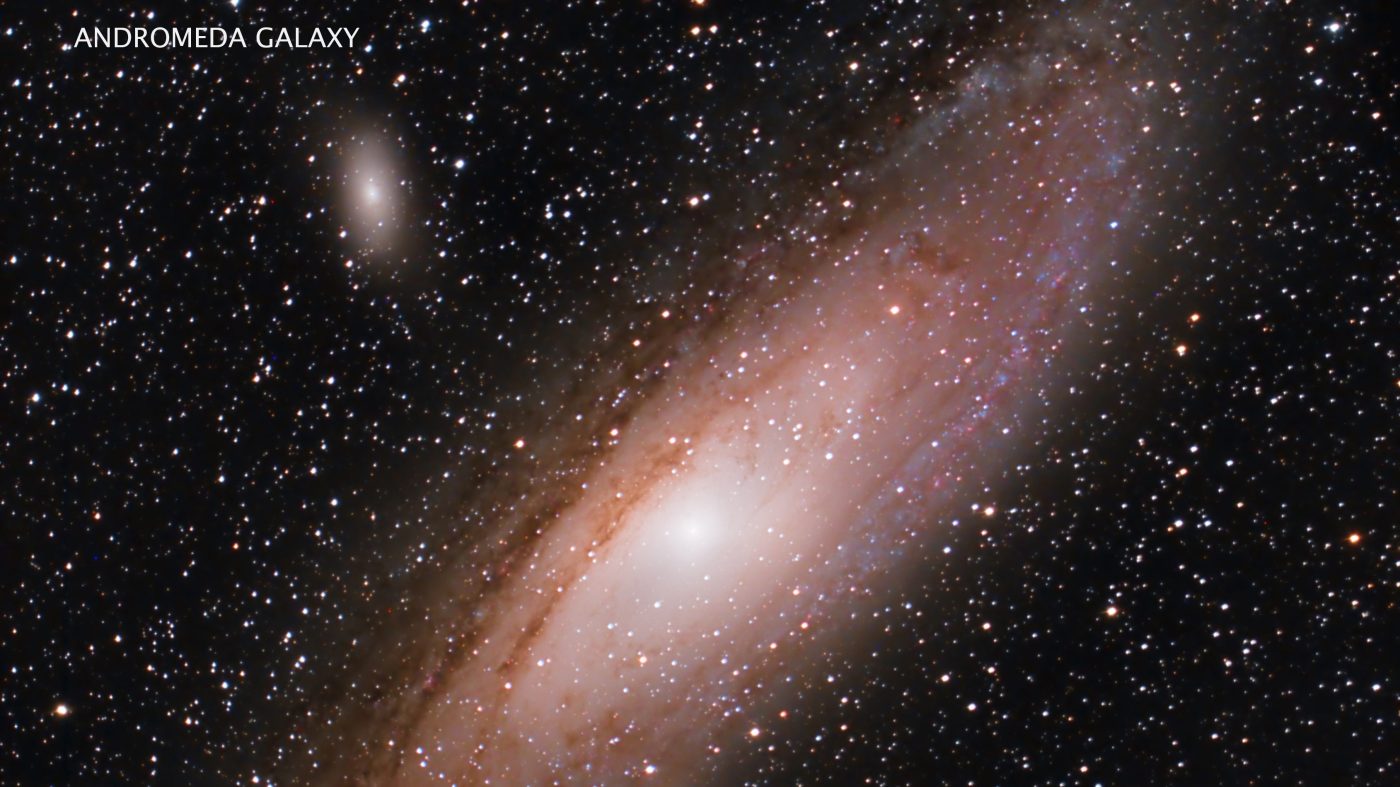
Skywatch: Signs of Christmas in the skies
While we don’t have any Christmas constellations in the night sky, there are three celestial signs of the most wonderful time of the year among the stars. There are two in the evening and a bright one in the morning.
The first and probably best sign of Christmas is a challenging one. It’s known formally in the astronomical books as New General Catalog Object 2264 or NGC 2264. Its nickname, though, is the Christmas Tree cluster because that’s exactly what it looks like. What’s really nice is that the cluster is easily visible through a small telescope or even a decent pair of binoculars.
It’s easier to find in the dark countryside, but you shouldn’t have too much trouble even in light-polluted areas. You also have to stay up a little bit to see the Tannenbaum, but I know you’ll love it and want to share it with others. It’s so cute and hopefully will add to your holiday spirit.
(Mike Lynch)
After 8:30, it will be high enough above the eastern horizon to start your search. The Christmas Tree cluster resides in a very obscure constellation called Monoceros the Unicorn. Monoceros resembles a ham radio tower my dad set up on the top of the house when I was growing up. Fortunately, you don’t have to find the dim unicorn. The best way to find the Christmas Tree cluster is to use the bright constellation Orion the Hunter, perched diagonally in the southeastern sky. I know you’ve seen it before. It’s the dominant constellation of winter, containing the three bright stars in a nearly perfect row that make up the belt of the mighty hunter.
On the upper left corner of Orion is Betelgeuse, a bright, reddish-tinged star that marks the armpit of the hunter. On the upper right corner of Orion is Bellatrix, not quite as bright as Betelgeuse. Draw a line from Bellatrix to Betelgeuse and continue that line to the lower left about 10 degrees from Betelgeuse. Ten degrees is about the width of your fist held at arm’s length. Scan that area with your binoculars or telescope; you should find it quickly. The Christmas Tree cluster may be a little tough to see and find this week because we have a nearly full moon bombarding light into the sky. You might want to wait until closer to New Year’s Day when the moon is out of the early evening sky. It still is the holiday season.
When you spot the cluster, you’ll see a cluster of about 15 to 20 stars arranged like a Christmas tree. What’s odd is that the brightest star is at the tree’s base, not at the top where you would expect it. The starry little tree will appear to point to the lower right in binoculars and some telescopes. However, most telescopes give you an inverted view, so the miniature tree points to the upper left.
The Christmas tree shape of the cluster is arguably a pleasant coincidence. The stars happen to be arranged that way from our view on Earth. Like most open clusters, this is a group of young stars. These young star clusters hang together for several hundred million years until gravity from other surrounding stars breaks them up.
Christmas Tree cluser (Mike Lynch)
The stars that light up the Christmas Tree cluster send their tidings of great joy from a long, long way away. They’ve been waiting a long time for you to see them. They’re about 2,600 light-years distant, with just one light-year equaling nearly 6 trillion miles. Since a light-year is defined as the distance that light travels in one year, the lights we see from this Christmas tree tonight left those stars in about 600 B.C.
There’s also an easy-to-see sign of Christmas in the evening sky for the Christian world, shining brightly in the early evening western sky and easily visible to the naked eye. It’s the Northern Cross, and even in areas of moderately bright city lights, you should have no trouble finding it. The Northern Cross is the brightest part of a larger constellation called Cygnus the Swan. Around 7 to 8 p.m., look about halfway up in the western sky for Deneb, the second-brightest star you can see in that area of the sky. Just below Deneb, look for three fairly bright stars in a horizontal row that make up the arms of the cross. Below those three stars and closer to the horizon is a slightly fainter star, Albireo, which marks the Northern Cross’s base. This is the only time of year that we see the Northern Cross standing nearly upright in the early evening.
For early-morning risers this week of Christmas, you’ll be greeted with a bright Christmas “star” rising just before morning twilight in the low southeastern sky. Even though it’s not a star but rather the planet Venus, I hope it still adds to your holiday spirit!
Merry Christmas!
Mike Lynch is an amateur astronomer and retired broadcast meteorologist for WCCO Radio in Minneapolis/St. Paul. He is the author of “Stars: a Month by Month Tour of the Constellations,” published by Adventure Publications and available at bookstores and adventurepublications.net. Mike is available for private star parties. You can contact him at mikewlynch@comcast.net.
Related Articles
Skywatch: A celestial Rudolph the Red-Nosed Reindeer?
Skywatch: Jump out of bed for the Geminids
Skywatch: The season to be under the stars
Skywatch: Your guide to buying a telescope for holiday giving


